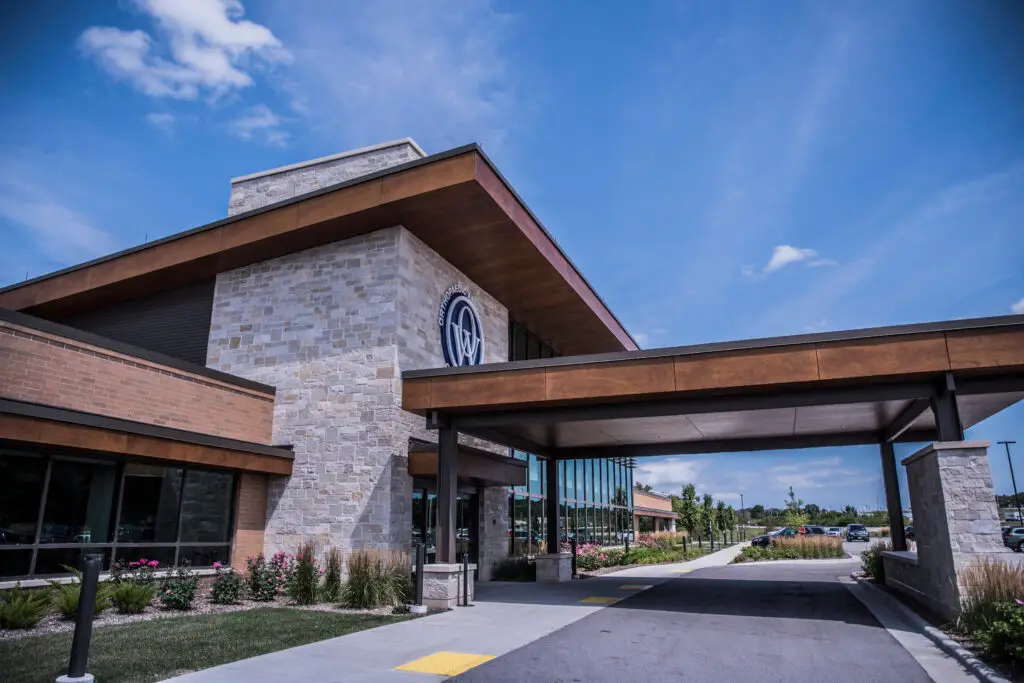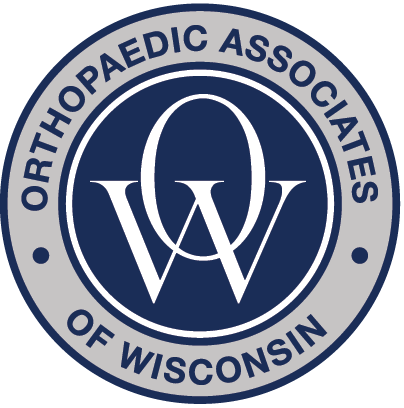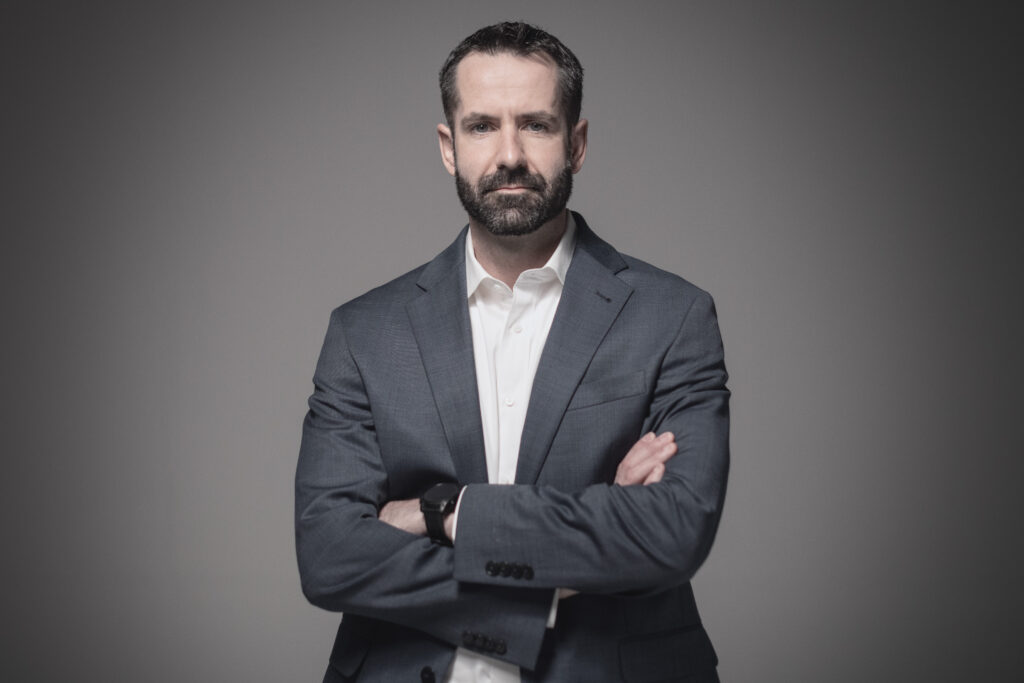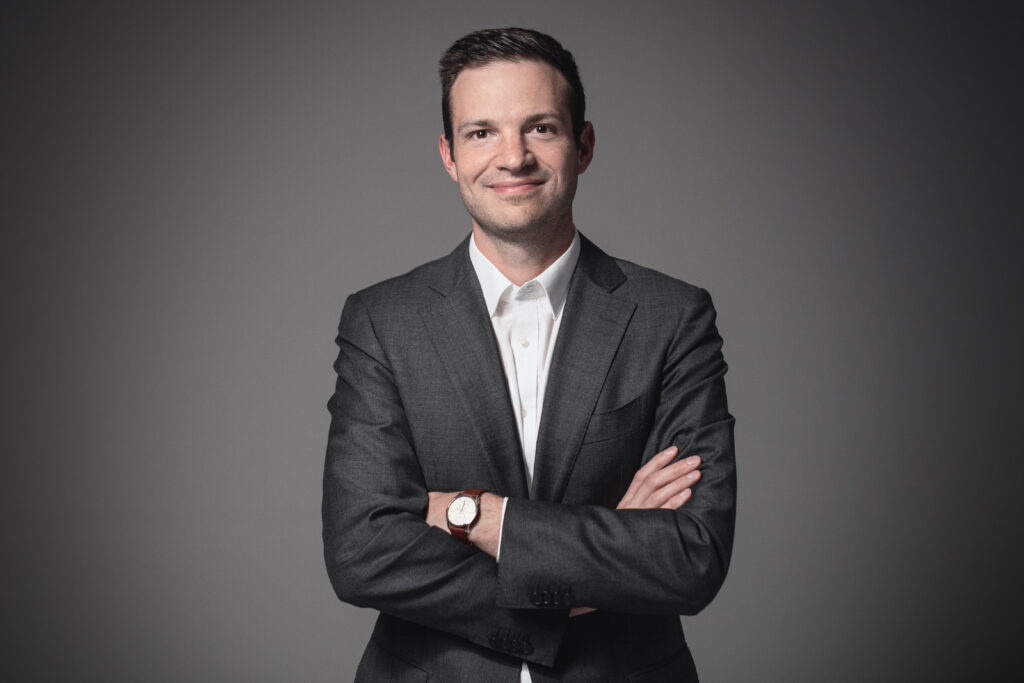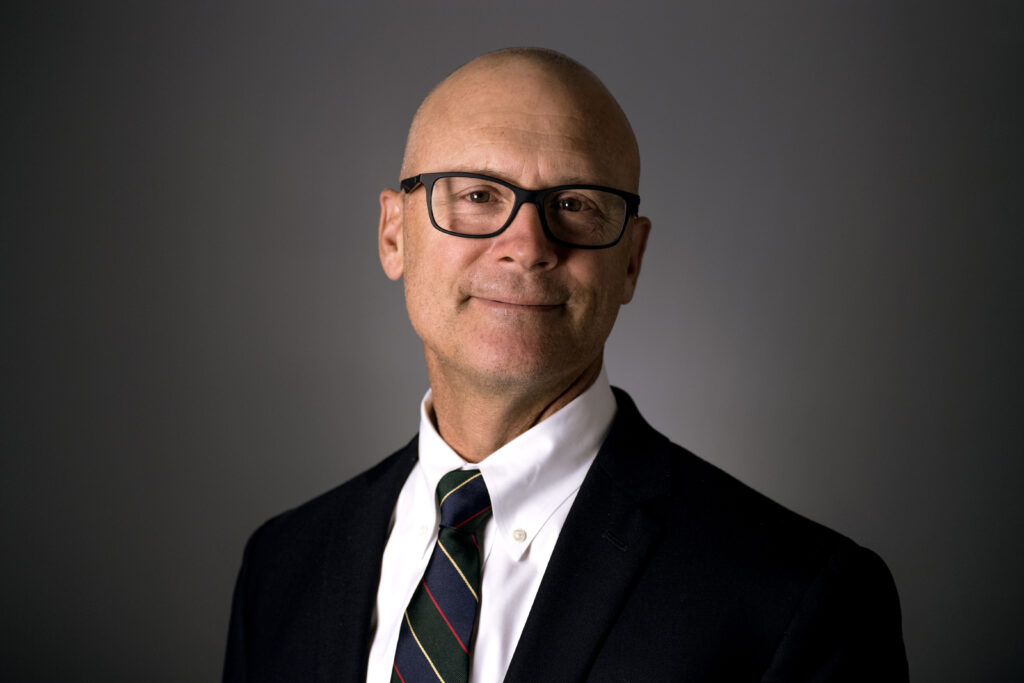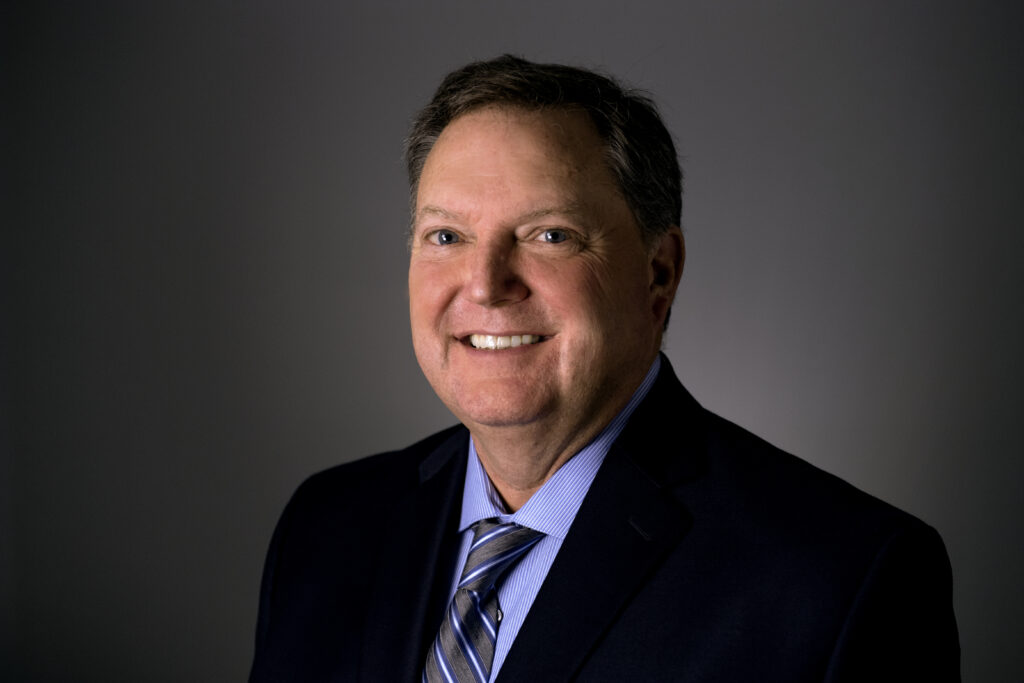Spinal Fusion Surgery
Surgical procedures for repairing torn ACLs and returning to athletic activity.
What Is Spinal Fusion?
Spinal fusion is a type of back surgery that joins two or more vertebrae together to eliminate painful motion between them. This helps stabilize the spine and is often recommended when conservative treatments like physical therapy and medication have failed to relieve chronic symptoms.
The procedure involves placing bone graft material between the vertebrae and often securing the area with metal hardware. Over time, the bones fuse together into a single, solid unit—similar to how broken bones heal.
Conditions That May Require Spinal Fusion
Spinal fusion may be recommended for a range of conditions that cause spinal instability or nerve compression. Common examples include:
Degenerative Disc Disease
Scoliosis (abnormal curvature of the spine)
Spinal Stenosis (narrowing of the spinal canal)
Spondylolisthesis (vertebral slippage)
Spinal fractures or trauma
Chronic back or neck pain unresponsive to other treatments
How the Procedure Works
Spinal fusion can be performed using several approaches—posterior (from the back), anterior (from the front), or lateral (from the side). The choice depends on the location of the problem and your overall health.
Surgical steps generally include:
Making an incision near the problem area
Removing the damaged disc or cartilage
Placing a bone graft between the vertebrae
Securing the area with plates, screws, or rods
Allowing time for the bones to grow together and form a solid fusion
The surgery typically lasts several hours and is performed under general anesthesia.
Benefits of Spinal Fusion
Spinal fusion is not a quick fix, but for the right patients, it can lead to long-term relief and improved quality of life. Benefits may include:
Reduced or eliminated chronic back or neck pain
Improved spinal stability
Better posture or spinal alignment
Increased ability to move without nerve irritation
Return to daily activities with greater comfort
What Is Recovery Like?
Recovery from spinal fusion takes time and a commitment to rehabilitation. Most patients stay in the hospital for 1–3 days, then continue recovery at home with guidance from their care team.
Recovery Timeline:
First 6 weeks: Limited activity, rest, and light walking
6–12 weeks: Start of physical therapy and gradual return to daily activities
3–6+ months: Continued strengthening and full recovery for most patients
Your surgeon may recommend a back brace and will provide detailed guidelines to support a safe, steady healing process.
Nonsurgical Alternatives
Before considering spinal fusion, many patients try one or more nonsurgical treatments. At Orthopaedic Associates of Wisconsin, we exhaust all conservative options first whenever possible.
Common nonsurgical options include:
Physical therapy and core strengthening
Nonsteroidal anti-inflammatory drugs (NSAIDs)
Chiropractic care or spinal manipulation
Lifestyle changes like weight loss or posture correction
Why Choose Orthopaedic Associates of Wisconsin?
Choosing where you go for spinal surgery matters. At OAW, we provide expert spine care from start to finish—right here in your community.
Our spine program offers:
Conservative care and physical therapy in-house
Access to minimally invasive techniques
Personalized care plans and full recovery support
From your first visit through surgery and beyond, our team is here to help you move without limits.
OUR BACK, NECK AND SPINE SPECIALISTS
Ready to Take the Next Step Toward Relief?
If you’re experiencing pain, discomfort, or limited mobility, our orthopedic specialists are here to help. With advanced diagnostic tools and personalized treatment plans, we’re committed to getting you back on your feet. Request an appointment today and take the first step toward feeling better.
